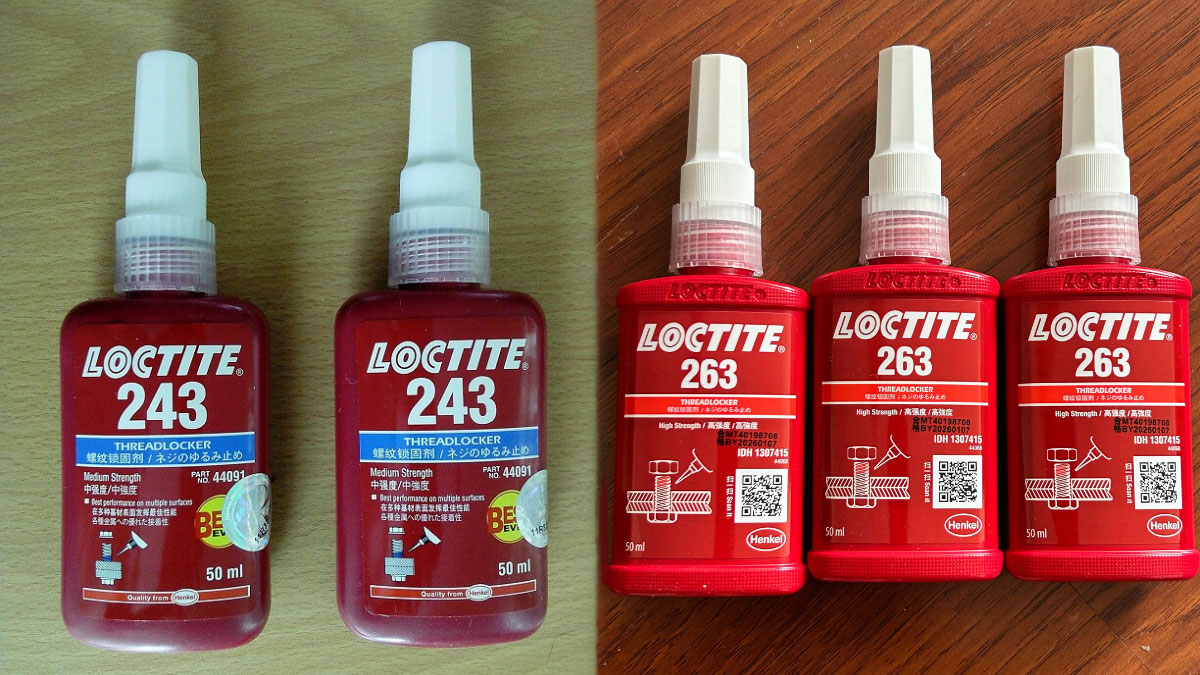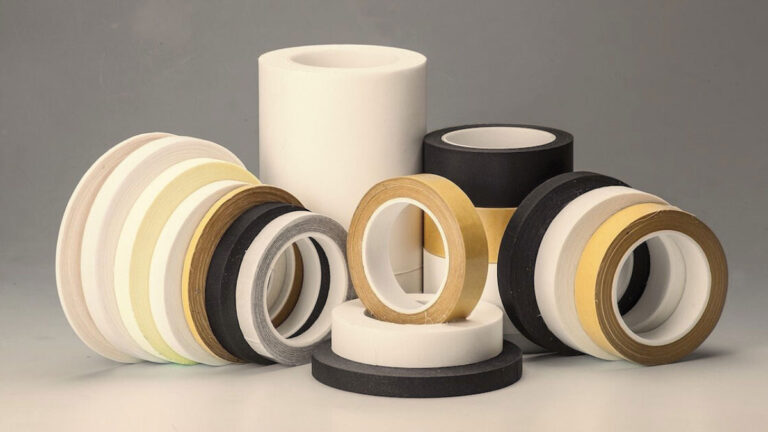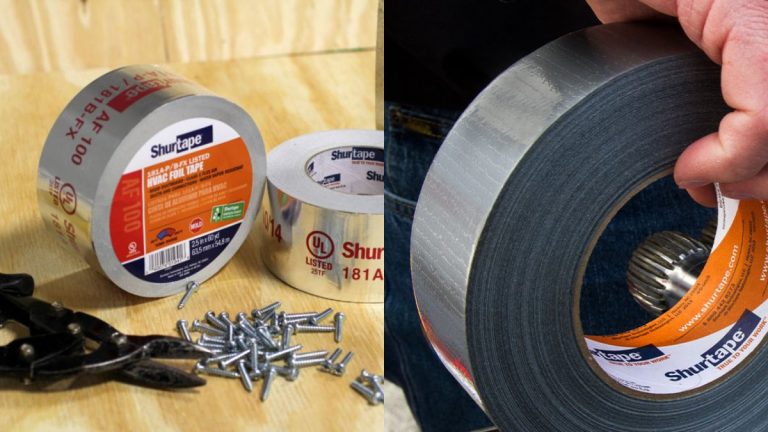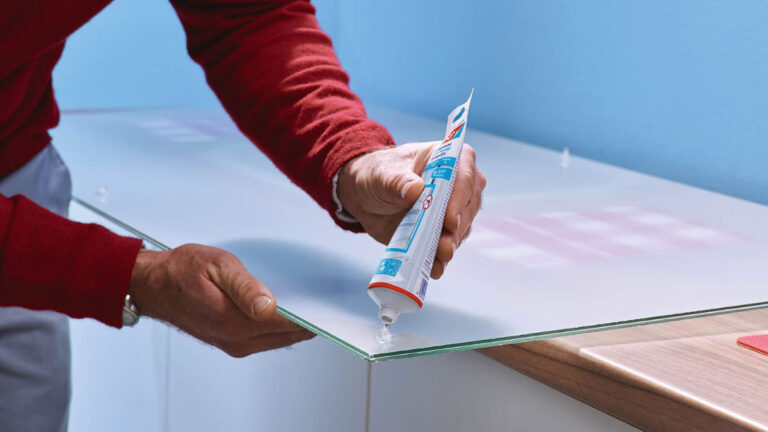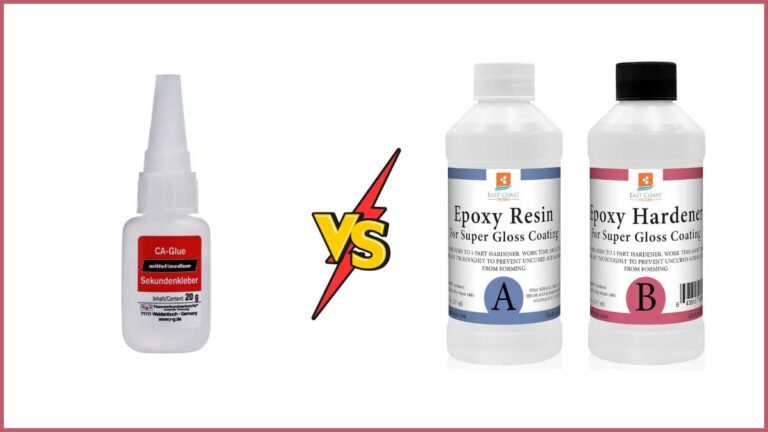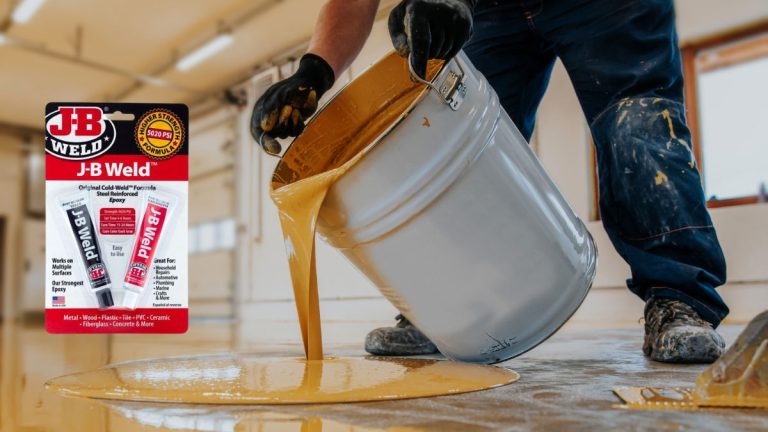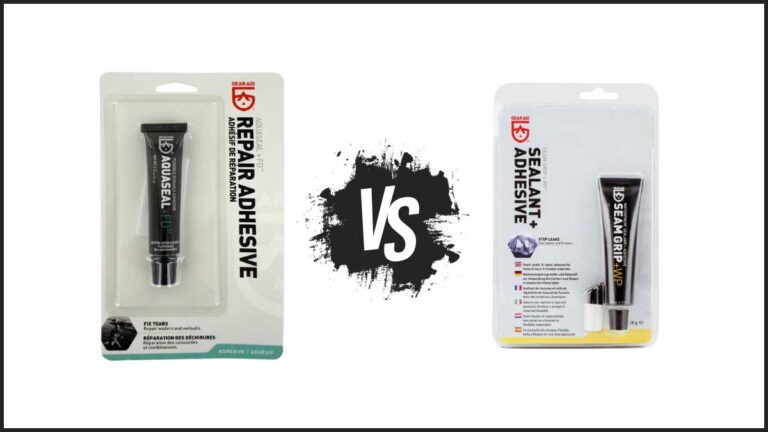Loctite 243 vs 263: Detailed Comparison for Your Projects
Choosing the right threadlocker can make all the difference in your project’s success. When it comes to Loctite, two popular options often come up: Loctite 243 and Loctite 263. Both are renowned for their reliability and strength, but they serve slightly different purposes.
Understanding the differences between these two can help you make an well-informed choice. Whether you’re tackling a small DIY project or a large industrial task, knowing which threadlocker to use ensures your fasteners stay secure and your work stands the test of time. Let’s jump into what sets Loctite 243 and 263 apart and how to choose the best one for your needs.
Key Takeaways
- Strength and Application Differences: Loctite 243 offers medium strength, ideal for moderate vibrations and allows for disassembly with basic hand tools, while Loctite 263 provides high strength, suited for permanent assemblies often requiring heat for disassembly.
- Color and Viscosity: Loctite 243 is blue with medium viscosity, suitable for general-purpose thread locking, whereas Loctite 263 is red with higher viscosity, designed for more permanent applications.
- Application Scenarios: Use Loctite 243 for general maintenance and repairs where disassembly might be needed. Opt for Loctite 263 in high-stress environments requiring a strong, permanent bond.
- Performance Metrics: Loctite 243 is easily removable with standard tools, while Loctite 263 requires heat to break the bond. Both can be used for fasteners up to 3/4 inch in diameter.
- Surface Preparation and Curing: Ensure clean threads for optimal adhesion. Loctite 243 and 263 both reach full strength in 24 hours, though their initial fixture times vary.
Key Differences Between Loctite 243 and 263
Understanding the difference between Loctite 243 and Loctite 263 is crucial for selecting the right threadlocker for your needs. This comparison focuses on their strength, application, color, and viscosity.
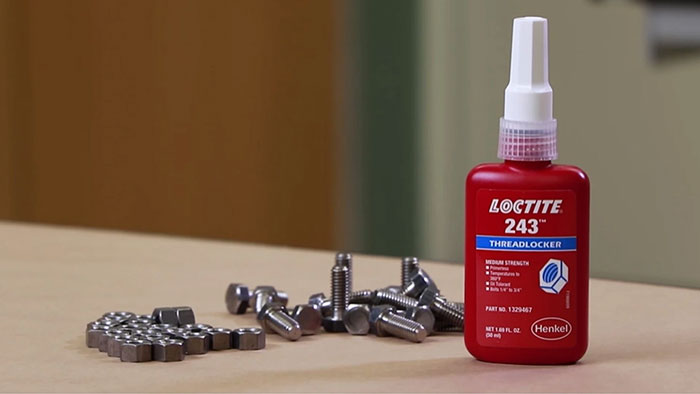
Strength and Application
Loctite 243:
- Strength: Medium
- Application: Ideal for securing fasteners against moderate vibration, yet allows disassembly with a spanner. It’s versatile, working with steel, zinc, brass, and stainless steel, though strength reduces on stainless steel.
-
Loctite 263:
- Strength: High
- Application: Suited for permanent assembly, handling high shock loads. Recommended for larger threads (from 1/4″ or 6mm upwards), requiring heat to disassemble.
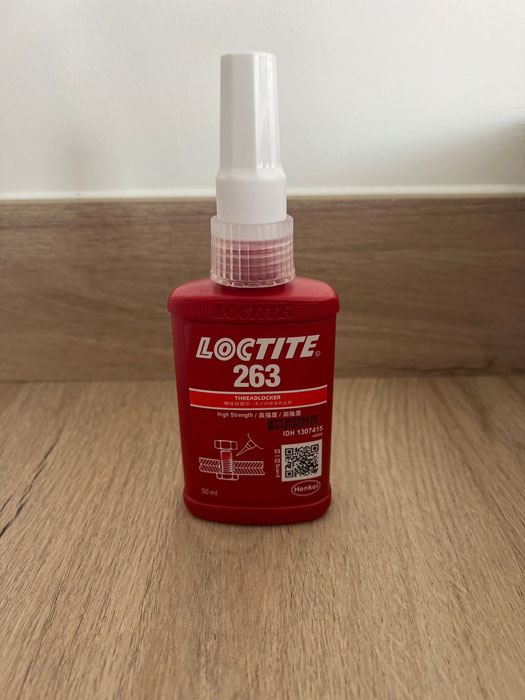
Color and Viscosity
-
Loctite 243:
- Color: Blue
- Viscosity: Medium, making it suitable for general-purpose thread locking where occasional disassembly might be needed.
-
Loctite 263:
- Color: Red
- Viscosity: Higher than Loctite 243, making it better for permanent applications.
| Feature | Loctite 243 | Loctite 263 |
|---|---|---|
| Strength | Medium | High |
| Application | Moderate vibration, disassembly with spanner possible | Permanent, high shock loads, needs heat for disassembly |
| Suitable Threads | Wide range of sizes and materials; reduced strength on stainless steel | Larger threads (from 1/4″ or 6mm upwards) |
| Color | Blue | Red |
| Viscosity | Medium | Higher |
Making the correct choice between Loctite 243 and 263 depends on the specific needs of your project. For non-permanent applications where moderate strength is sufficient, Loctite 243 is the go-to option. For high-strength, permanent assemblies, Loctite 263 provides the robustness required.
Application Scenarios
Determining the right Loctite product for your projects is crucial for success. Let’s explore specific application scenarios where Loctite 243 and Loctite 263 excel.
General Maintenance and Repair
Loctite 243 shines in general maintenance and repair tasks, especially where the need for future disassembly exists. It offers a medium-strength bond suitable for fasteners subjected to moderate vibration. Its high viscosity and oil resistance make it versatile for various applications.
- Color: Blue, easily identifiable in applications.
- Strength: Medium, allowing for removal with standard tools.
- Viscosity: High, providing excellent adhesion even on surfaces with light oil contamination.
- Ideal Uses: Automotive repairs, machinery maintenance, and household applications.
High Heat Environments
Loctite 263, with its high-strength properties, is better suited for high-stress environments where a permanent bond is needed. It excels in applications requiring the fasteners to withstand high heat and shock loads.
- Color: Red, denoting a high-strength bond.
- Strength: High, requiring heat to disassemble.
- Viscosity: Higher than Loctite 243, ensuring a strong, lasting bond.
- Ideal Uses: Heavy machinery, industrial equipment, and permanent assemblies.
| Characteristic | Loctite 243 | Loctite 263 |
|---|---|---|
| Color | Blue | Red |
| Strength | Medium | High |
| Application | General maintenance and repair | High-stress, permanent assemblies |
| Removal | With spanner | Requires heat |
| Viscosity | High | Higher than Loctite 243 |
| Oil Resistance | Yes | No mention |
| Typical Uses | Automotive, machinery, household | Heavy machinery, industrial |
Selecting the right product will depend on your specific needs, either opting for the removable versatility of Loctite 243 or the durable, permanent bond of Loctite 263.
Performance Metrics
Understanding the performance metrics of Loctite 243 and Loctite 263 helps you choose the right product for your specific application needs.
Strength and Bonding
Loctite 243:
- Medium Strength: Designed for applications where you may need to disassemble fasteners with standard hand tools. It provides a medium-strength bond that suffices for most general-purpose applications.
- Removability: You can disassemble Loctite 243 using standard hand tools without extra effort or heat.
Loctite 263:
- High Strength: Formulated for permanent assemblies where disassembly isn’t typically intended. It provides a high-strength bond, making it ideal for more critical applications.
- Removability: Requires localized heat, often from a blowtorch, to weaken the bond for disassembly.
| Criteria | Loctite 243 | Loctite 263 |
|---|---|---|
| Strength | Medium (most general-purpose uses) | High (permanent, critical uses) |
| Removability | Standard hand tools | Requires heat (e.g., blowtorch) |
Thread Size and Fit
Loctite 243 and 263 are suitable for fasteners up to 3/4 inch in diameter. They are commonly used for various components, such as body-panel bolts and tank hardware.
Thread Size:
- Up to 3/4 Inch Diameter: Both products work well on fasteners up to this size, accommodating a range of applications, from automotive to industrial settings.
- Versatility: Whether you need occasional servicing or a permanent solution, each product caters to different needs based on its strength and bonding characteristics.
By understanding the performance metrics and specific applications of Loctite 243 and 263, you can make a well-well-informed choice that ensures the security and longevity of your fasteners.
Application Techniques
Surface Preparation
For effective use, clean threads thoroughly to ensure proper adhesion:
- Solvent Use: Employ a solvent like alcohol to remove oil or debris.
- Consistency: Both Loctite 243 and 263 demand clean threads for optimal performance.
- Contaminants Removal: For Loctite 263, ensure surfaces are especially free from contaminants, given its high-strength nature.
Application Area
Identifying where to apply each product optimizes their benefits:
- Loctite 243:
- Material Compatibility: Suitable for steel, zinc, brass, and stainless steel.
- General Use: Ideal for moderate applications where disassembly is feasible.
- Loctite 263:
- Heavy-Duty Use: Designed for high-strength settings, often requiring heat to disassemble.
- High Stress: Better in environments with significant shock loads.
Curing Time
Curing times differ, impacting the project schedule:
| Product | Fixture Time | Full Cure Time |
|---|---|---|
| Loctite 243 | 10 minutes (steel) | 24 hours (full strength) |
| Loctite 263 | 20 minutes (steel) | 24 hours (full strength) |
- Fixture Time: Initial bonding time varies, with Loctite 243 taking about 10 minutes and Loctite 263 around 20 minutes.
- Full Cure: Both products achieve full strength in 24 hours, ensuring a secure bond.
Understanding these aspects ensures a secure and reliable result, whether for general maintenance or heavy-duty applications.
Conclusion
Choosing between Loctite 243 and 263 depends on your project’s specific needs. If you require a medium-strength bond with the flexibility for future disassembly, Loctite 243 is your go-to. It’s versatile and suitable for a range of materials and applications.
On the other hand, if your project demands a high-strength, permanent bond capable of withstanding high shock loads and heat, Loctite 263 is the better option. Its higher viscosity and strength make it ideal for heavy-duty applications.
Understanding the distinctions between these two threadlockers ensures you select the right product for secure and long-lasting results. Whether you’re working on automotive repairs or industrial machinery, making an informed choice will lead to project success.
Frequently Asked Questions
What are the primary applications of Loctite 243 and 263?
Loctite 243 is ideal for moderate applications such as automotive repairs and general maintenance, where future disassembly is needed. Loctite 263 is better suited for high-stress environments requiring a permanent bond, such as heavy machinery and industrial equipment.
How do the colors and viscosities of Loctite 243 and 263 differ?
Loctite 243 is blue with medium viscosity, making it versatile for various materials and suitable for moderate applications. Loctite 263 is red with higher viscosity, ideal for permanent, high-strength applications.
Can Loctite 243 and 263 be used interchangeably?
No, they serve different purposes. Loctite 243 is meant for applications where disassembly will be necessary, offering medium strength. Loctite 263 is for permanent assemblies requiring high strength, and it needs heat for disassembly.
How long does it take for Loctite 243 and 263 to fully cure?
Loctite 243 takes about 10 minutes to fixture and 24 hours to achieve full strength. Similarly, Loctite 263 requires around 20 minutes for initial bonding and reaches full strength in 24 hours.
What surfaces need special preparation before using Loctite 263?
Loctite 263 requires surfaces to be thoroughly cleaned and free from contaminants for proper adhesion. Using a solvent like alcohol for cleaning threads is recommended.
Are Loctite 243 and 263 suitable for all types of fasteners?
Yes, both products are suitable for fasteners up to 3/4 inch in diameter, making them versatile for various applications from automotive to industrial settings.
What happens if Loctite 243 is used on stainless steel?
Loctite 243 can be used on stainless steel; however, its strength diminishes compared to other materials. Always assess the specific requirements of your project before use.

